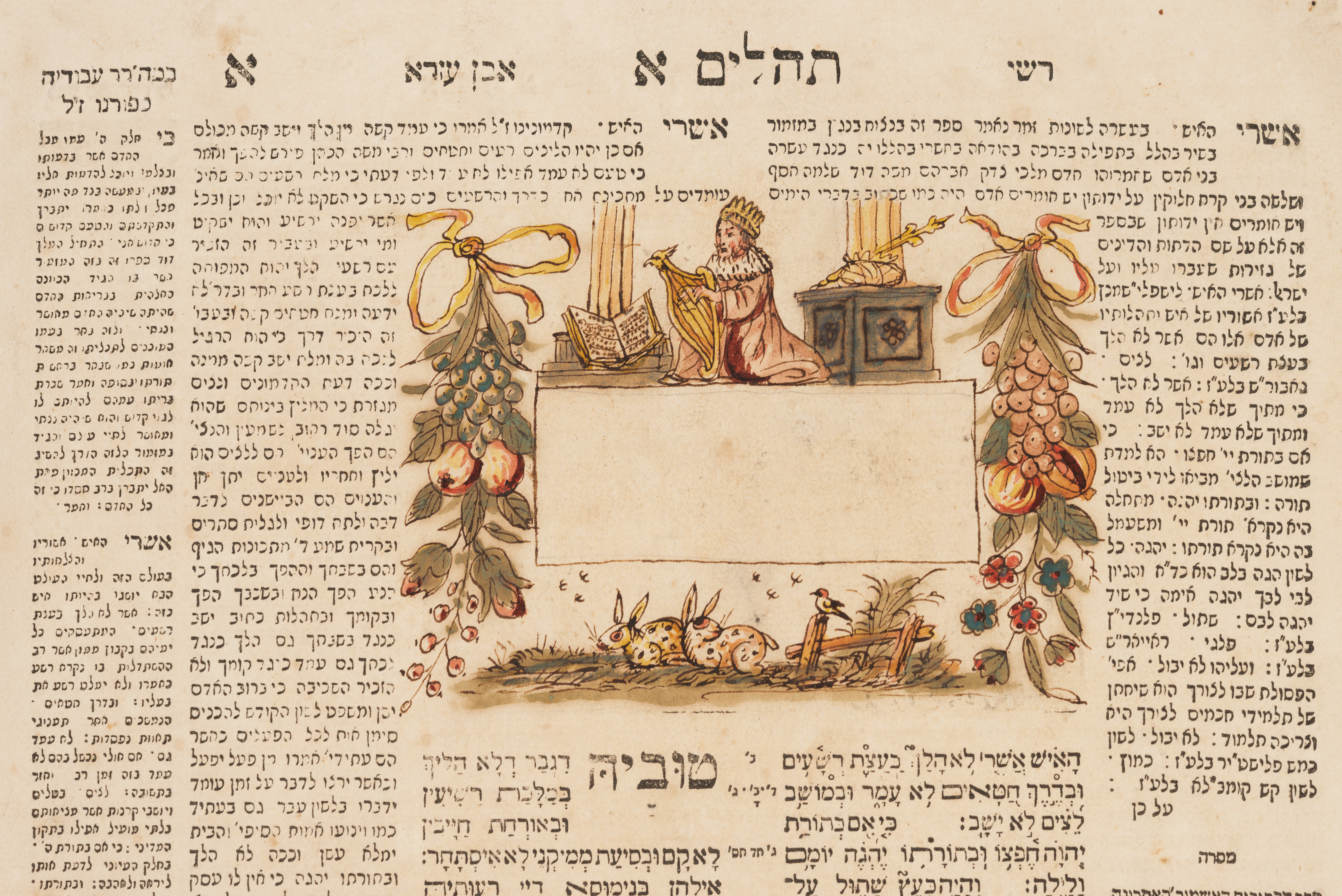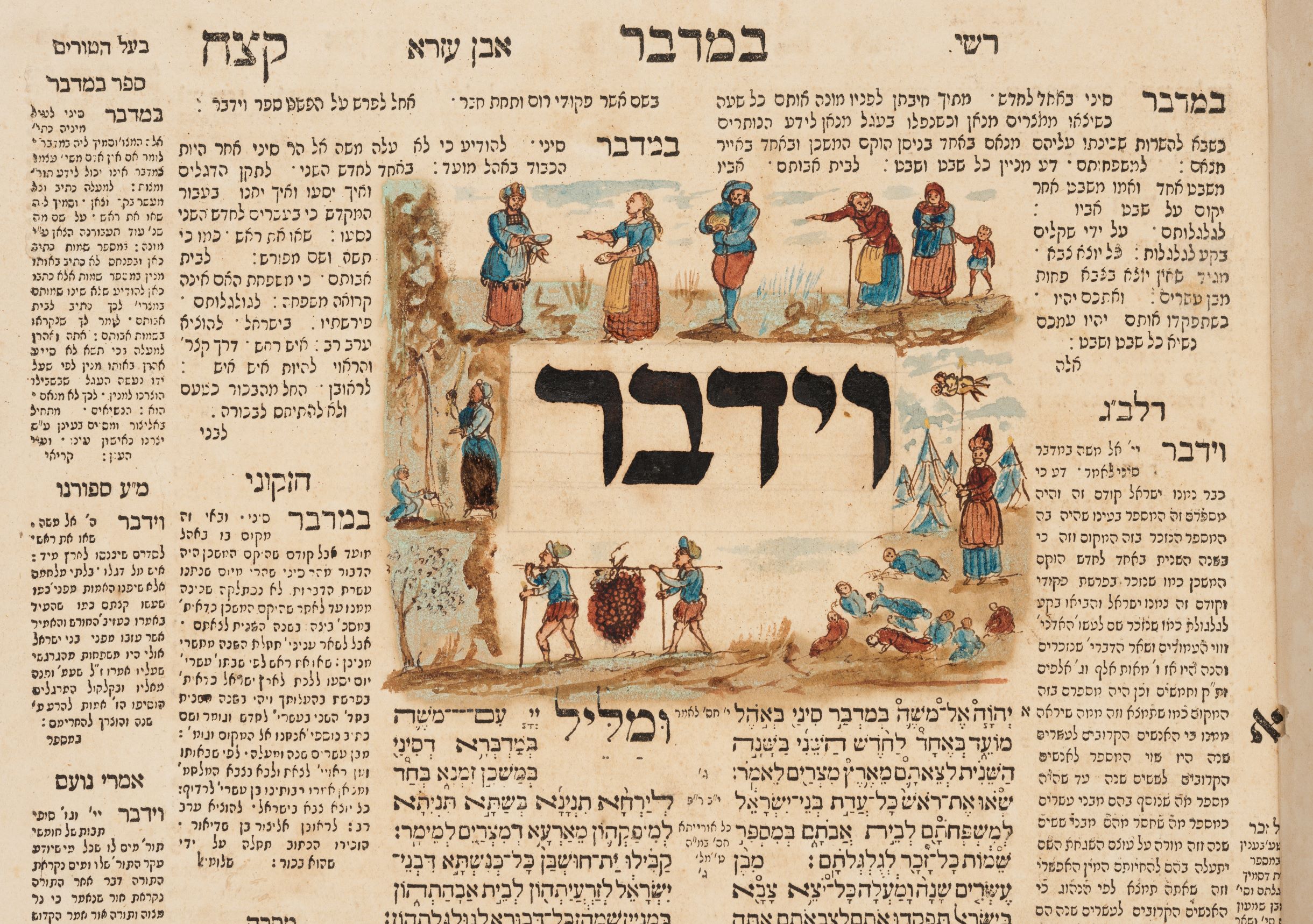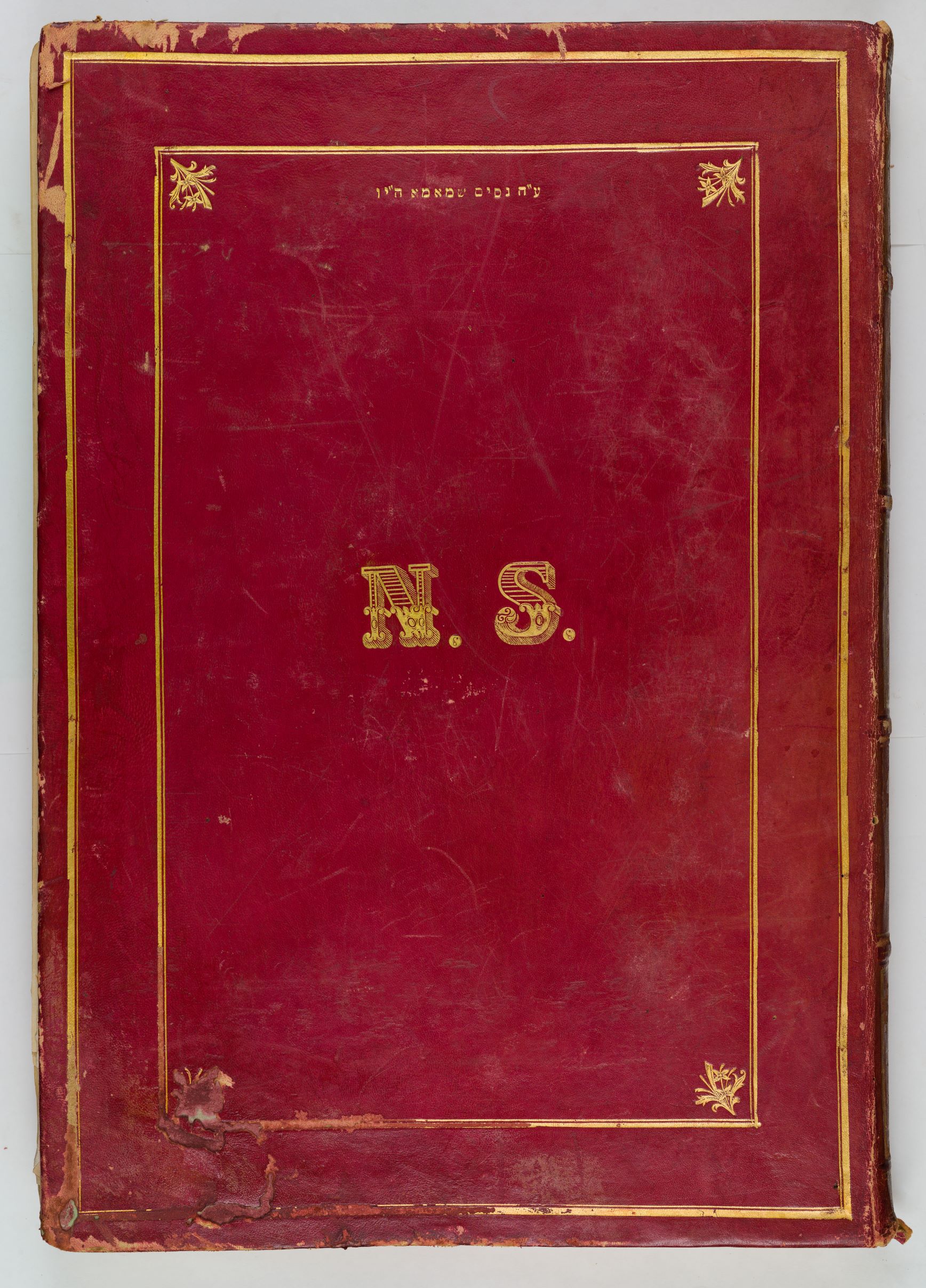Jun 2, 2022 By: rolen
 Opening page of Book of Tehillim, Amsterdam, 1724. Mendel Gottesman Library, on loan from Richard and Debra Parkoff, in honor of Abraham and Ruth Parkoff.
Opening page of Book of Tehillim, Amsterdam, 1724. Mendel Gottesman Library, on loan from Richard and Debra Parkoff, in honor of Abraham and Ruth Parkoff. Opening page of Book of Numbers, Amsterdam, 1724. Mendel Gottesman Library, on loan from Richard and Debra Parkoff, in honor of Abraham and Ruth Parkoff.
Opening page of Book of Numbers, Amsterdam, 1724. Mendel Gottesman Library, on loan from Richard and Debra Parkoff, in honor of Abraham and Ruth Parkoff. Cover of Kehilot Mosheh, Amsterdam, 1724. Mendel Gottesman Library, on loan from Richard and Debra Parkoff, in honor of Abraham and Ruth Parkoff.
Cover of Kehilot Mosheh, Amsterdam, 1724. Mendel Gottesman Library, on loan from Richard and Debra Parkoff, in honor of Abraham and Ruth Parkoff.